Sustainable Packaging in the EU: Trends, Challenges, and Opportunities
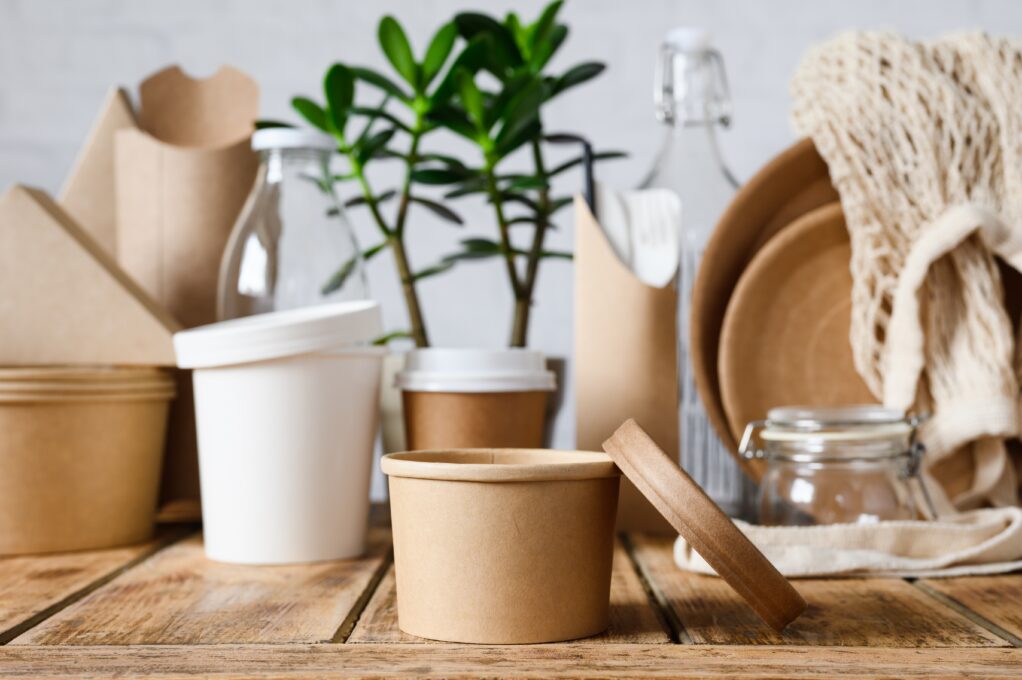
Packaging is essential to protecting products and enabling global trade, but it also represents a major environmental concern. In the European Union (EU), efforts to reduce packaging waste and drive circularity are accelerating. This article explores key packaging trends, regulatory frameworks, challenges, and opportunities in the EU.
The EU’s Push for Sustainable Packaging
The European Union has positioned itself as a global leader in sustainable packaging. With the European Green Deal and the Circular Economy Action Plan, the EU has committed to making all packaging recyclable or reusable by 2030.
In 2023, the European Commission proposed updates to the Packaging and Packaging Waste Regulation (PPWR), aiming to:
- Reduce packaging waste by 15% per capita by 2040 (compared to 2018 levels)
- Make all packaging reusable or recyclable by 2030
- Eliminate unnecessary packaging and restrict certain single-use formats
According to Eurostat (2023), packaging waste in the EU reached 84 million tonnes in 2021, averaging 188.7 kg per person—a figure the EU is actively working to reduce.
Key Trends in European Sustainable Packaging
1. Eco-Design and Reuse Systems
The EU is pushing for eco-design principles that optimize material use and facilitate recycling. Countries like Germany and France are piloting refill and reuse systems, particularly in the food and cosmetics industries.
2. Bio-Based and Compostable Materials
There’s growing investment in alternatives to conventional plastics. In 2023, the EU Bioeconomy Strategy reported increased funding for plant-based packaging materials, including starch blends and cellulose films.
3. Digital Product Passports
To improve traceability and recycling, the EU is piloting “digital product passports,” starting with packaging, textiles, and electronics. These systems will provide lifecycle data for better waste sorting and reuse.
4. Deposit Return Systems (DRS)
Countries like Germany, Finland, and the Netherlands have long used DRS for beverage packaging. The EU is encouraging wider adoption to improve collection rates and reduce littering.
Challenges for Sustainable Packaging in the EU
1. Regulatory Fragmentation
Despite overarching EU regulations, implementation varies by country. Businesses operating across borders face challenges in complying with different national rules.
2. Infrastructure and Investment Gaps
While recycling rates are higher in the EU than in most regions globally, not all member states have adequate infrastructure. According to the European Environment Agency (EEA, 2023), only 64% of packaging waste was recycled in the EU overall in 2021, with significant variation by country and material.
3. Balancing Hygiene and Sustainability
Especially in sectors like food and healthcare, reducing packaging must be balanced against hygiene and safety requirements. Innovations are needed to ensure sustainable options meet these standards.
Opportunities Driving Change
1. Extended Producer Responsibility (EPR)
EPR is a central tool in EU waste legislation. Companies must take financial and operational responsibility for packaging at the end of its life. EPR schemes are being reformed to increase accountability and harmonize reporting.
2. Innovation through EU Funding
EU programs like Horizon Europe and LIFE provide funding for packaging R&D. Projects include bio-based polymers, intelligent packaging, and circular supply chains.
3. Informed and Active Consumers
EU citizens are increasingly eco-conscious. According to a 2023 Eurobarometer survey, 67% of Europeans consider environmental impact when choosing products. Brands that offer transparency and sustainable packaging are gaining trust and market share.
The EU is setting ambitious goals and backing them with strong policy and innovation support. By focusing on eco-design, digital tools, and harmonized regulations, the region is reshaping the packaging landscape. Companies that adapt early to EU trends will be best positioned for success in the years ahead.
Sources: Tradebe & European Commission. (2023). Circular Economy Action Plan. https://ec.europa.eu/environment/circular-economy/, European Commission. (2023). Packaging and Packaging Waste Regulation (PPWR). https://environment.ec.europa.eu, European Environment Agency (EEA). (2023). Recycling of packaging waste. https://www.eea.europa.eu
- Share with Twitter
- Share with Facebook
- Share with LinkedIn
- Share with e-mail
Might be interested in

Why Ecotourism Matters in the Fight Against Climate Change
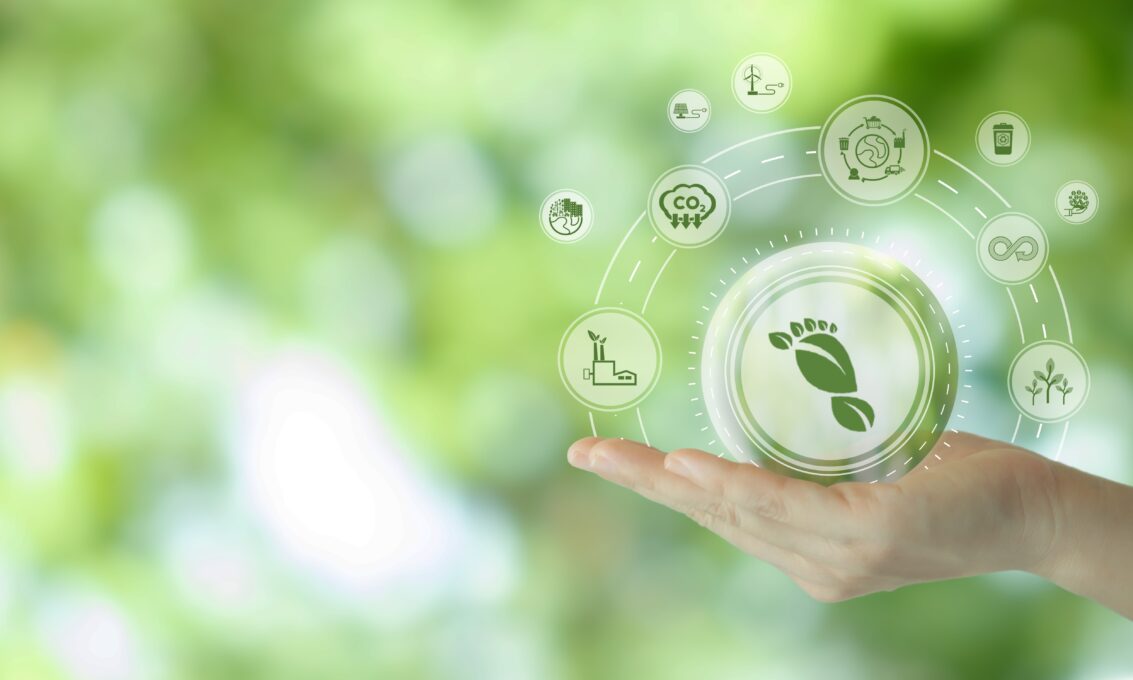
Building a Low-Carbon Supply Chain: Smart Strategies for Carbon Footprints Sustainable Operations

Sustainable Tourism: How to Travel with Minimal Environmental Impact
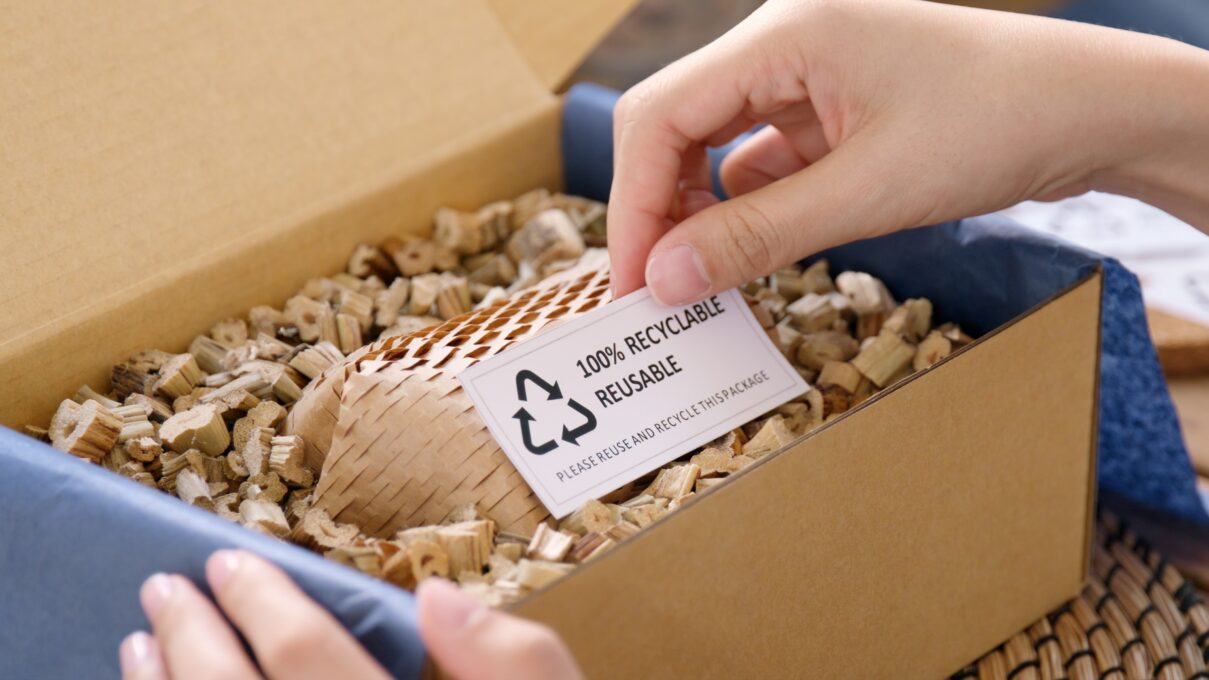
Sustainable products: the key to a greener future
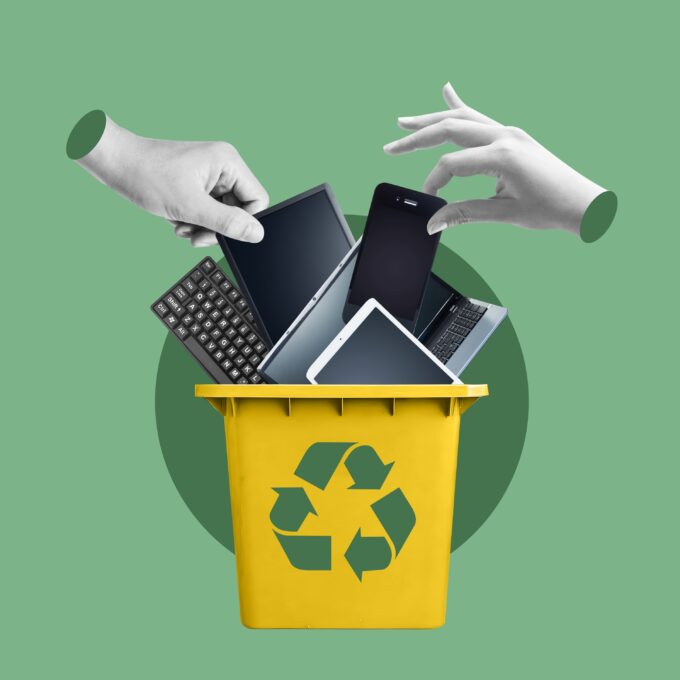
E-Waste Solutions: How to Responsibly Dispose of Electronics
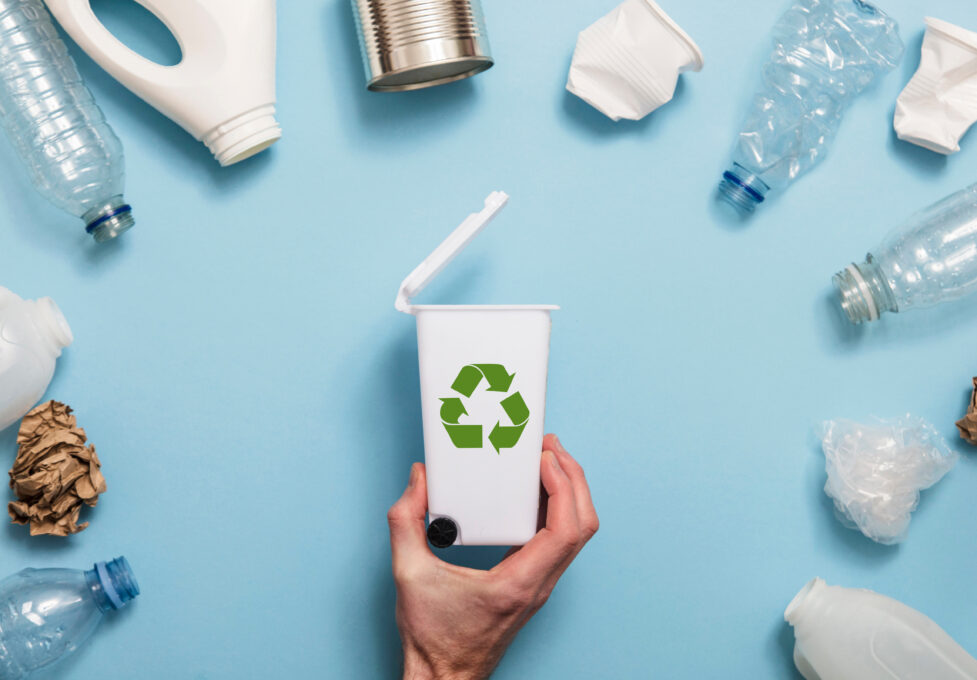
Kinds of plastics, uses and how to recycle
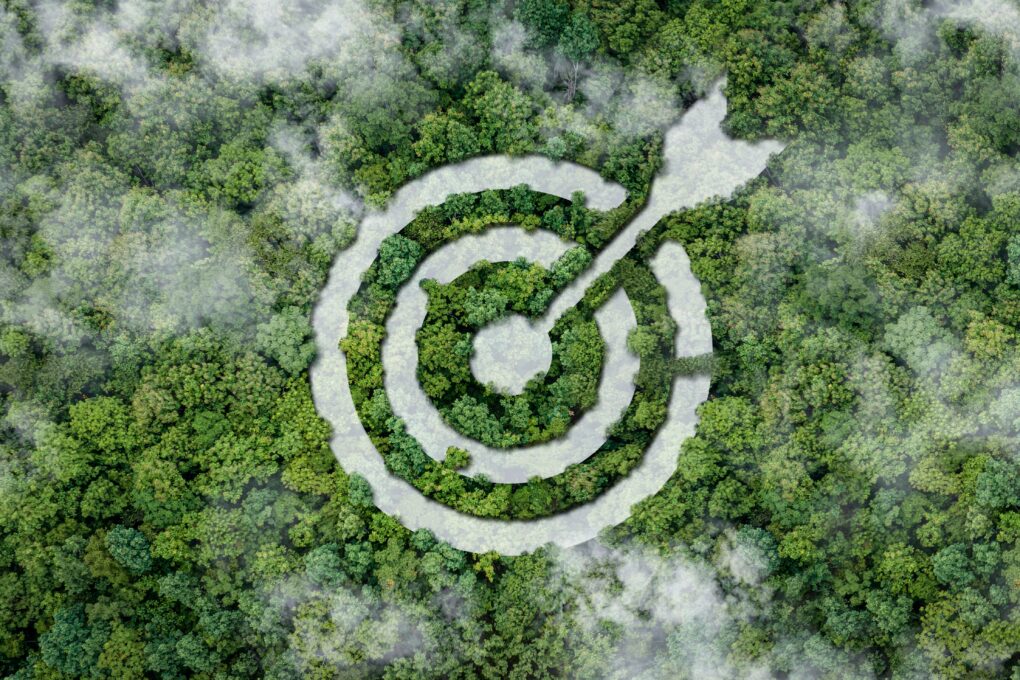
The importance of energy efficiency in achieving climate goals
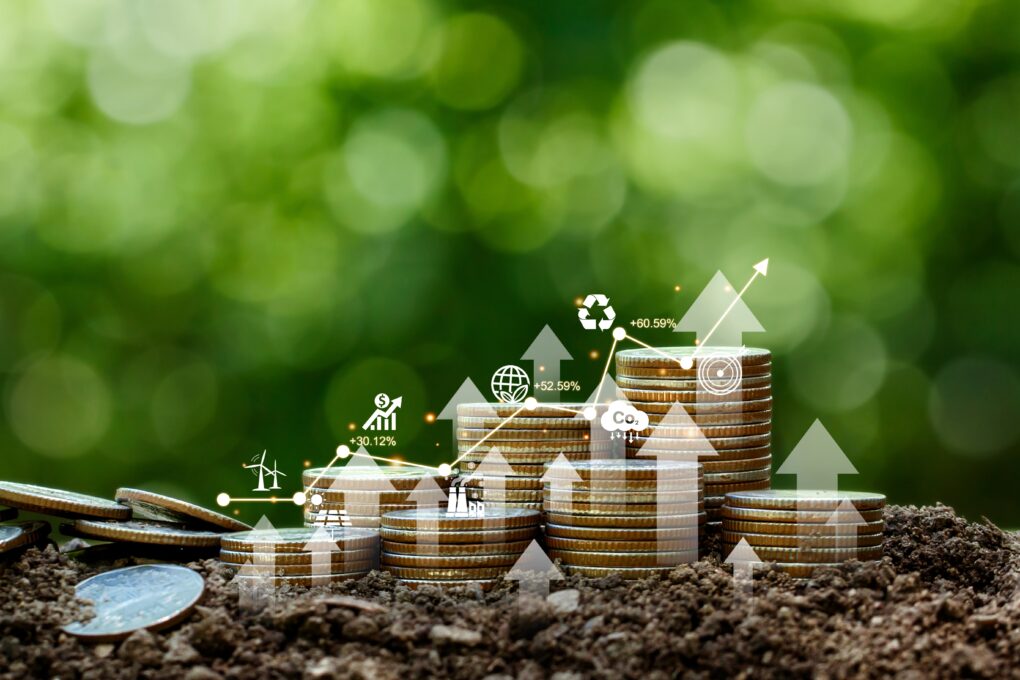
Empowering a Greener Future: The Role of Sustainable Finance in Transforming Society and the Environment
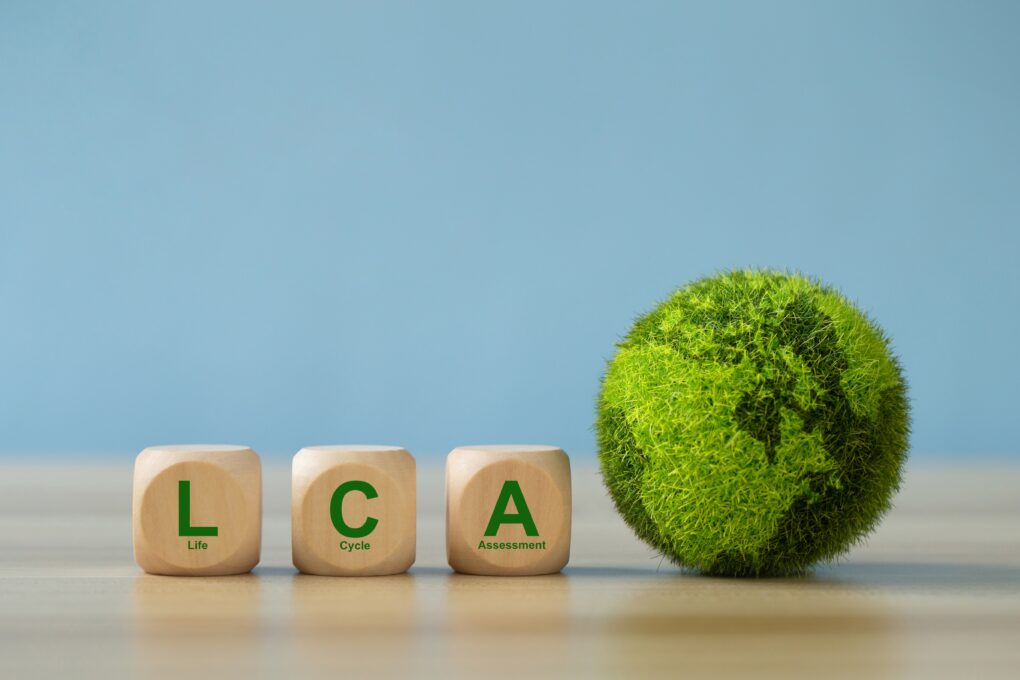
Life Cycle Assessment (LCA): everything you need to know
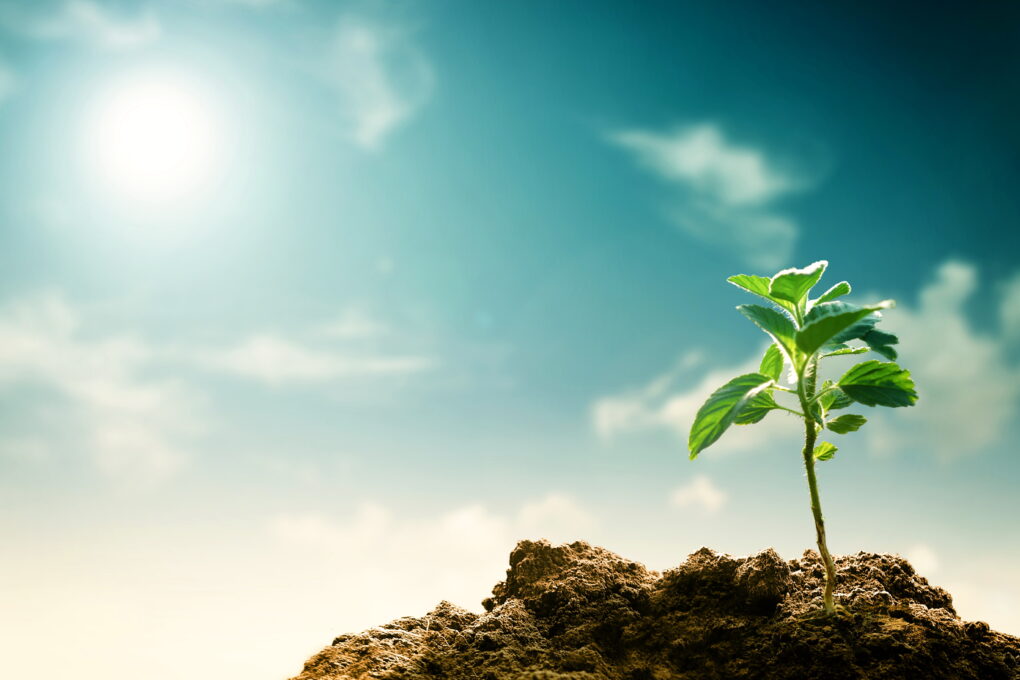
How does climate risk affect us?

Ways the world can reduce emissions from global transport systems
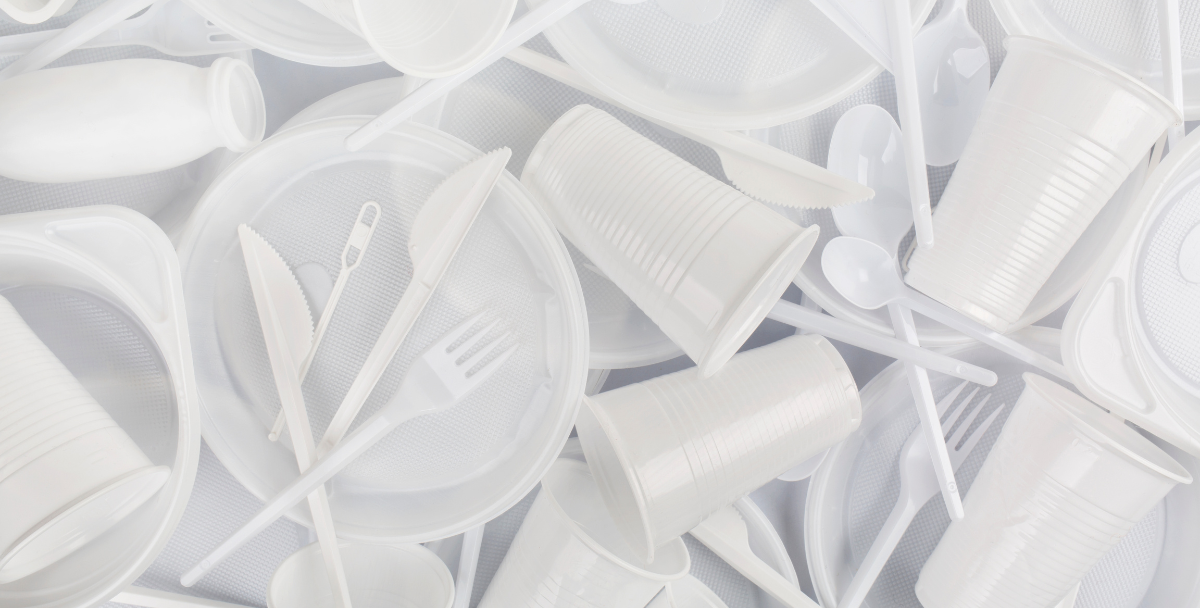
An Ambitious Plan to Manage Non-Packaging Plastics in European Waste Streams

How Sustainability Technology is changing the Fashion Industry for the Better
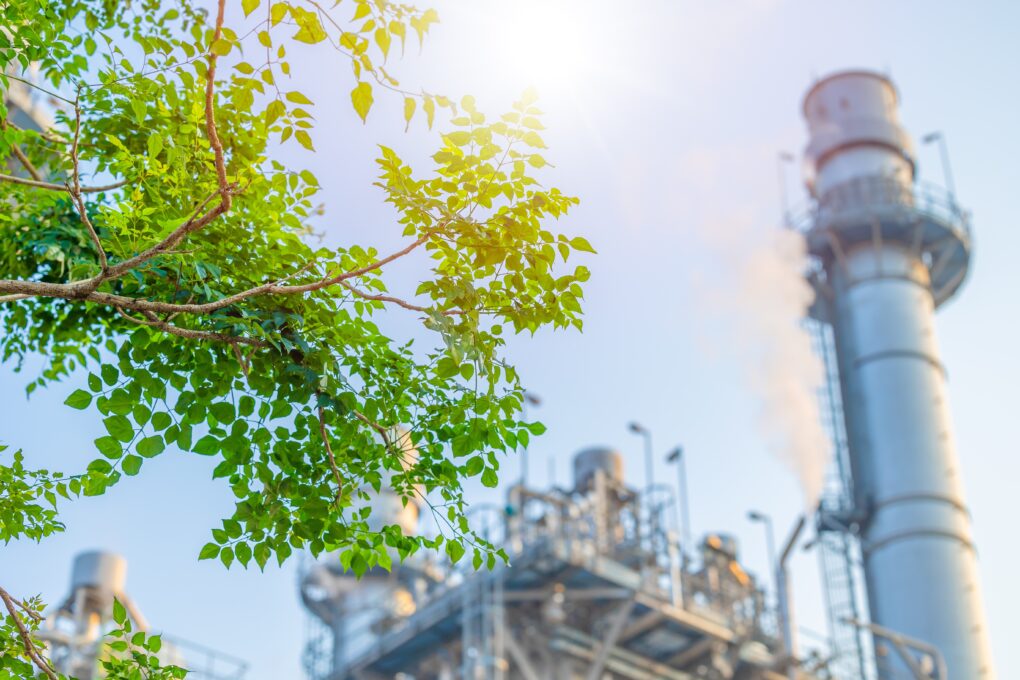
Sustainable manufacturing
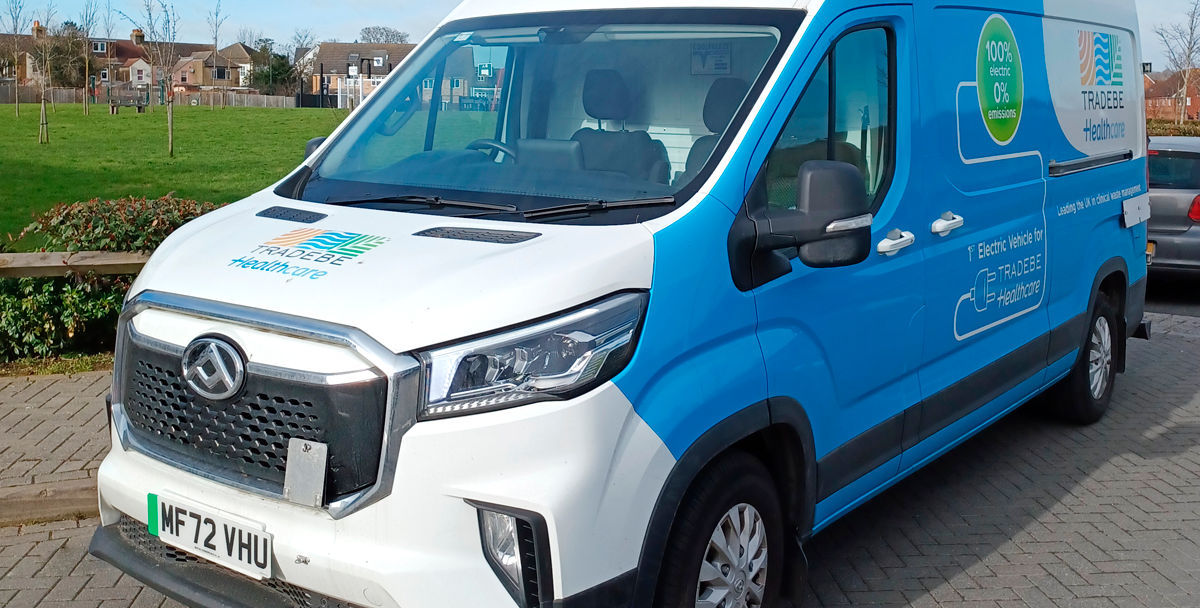
A Health-E start
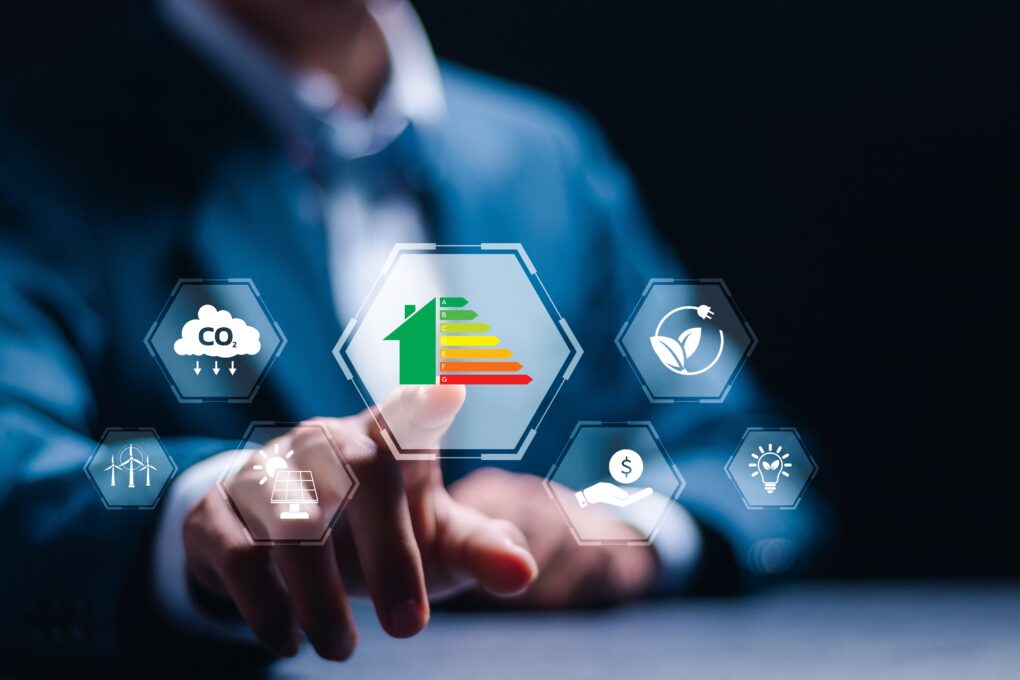
Energy sustainability practices at home

10 Sustainable Holiday Tips for a Greener Season
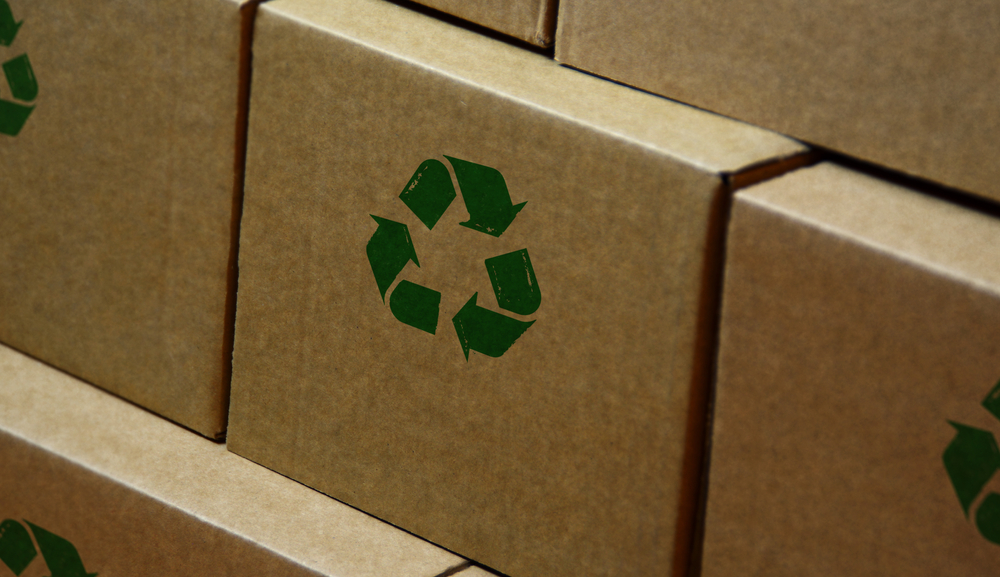
Sustainable packaging

How E-waste and electronics recycling helps environmental conservation
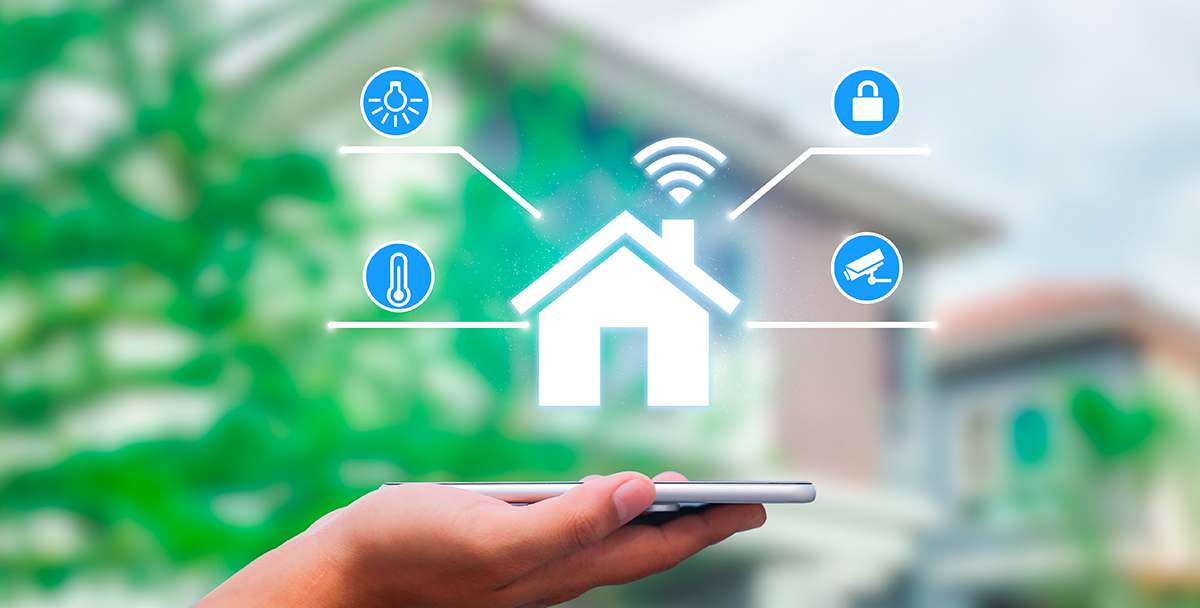
Ways Your Smart Home Can Save Energy
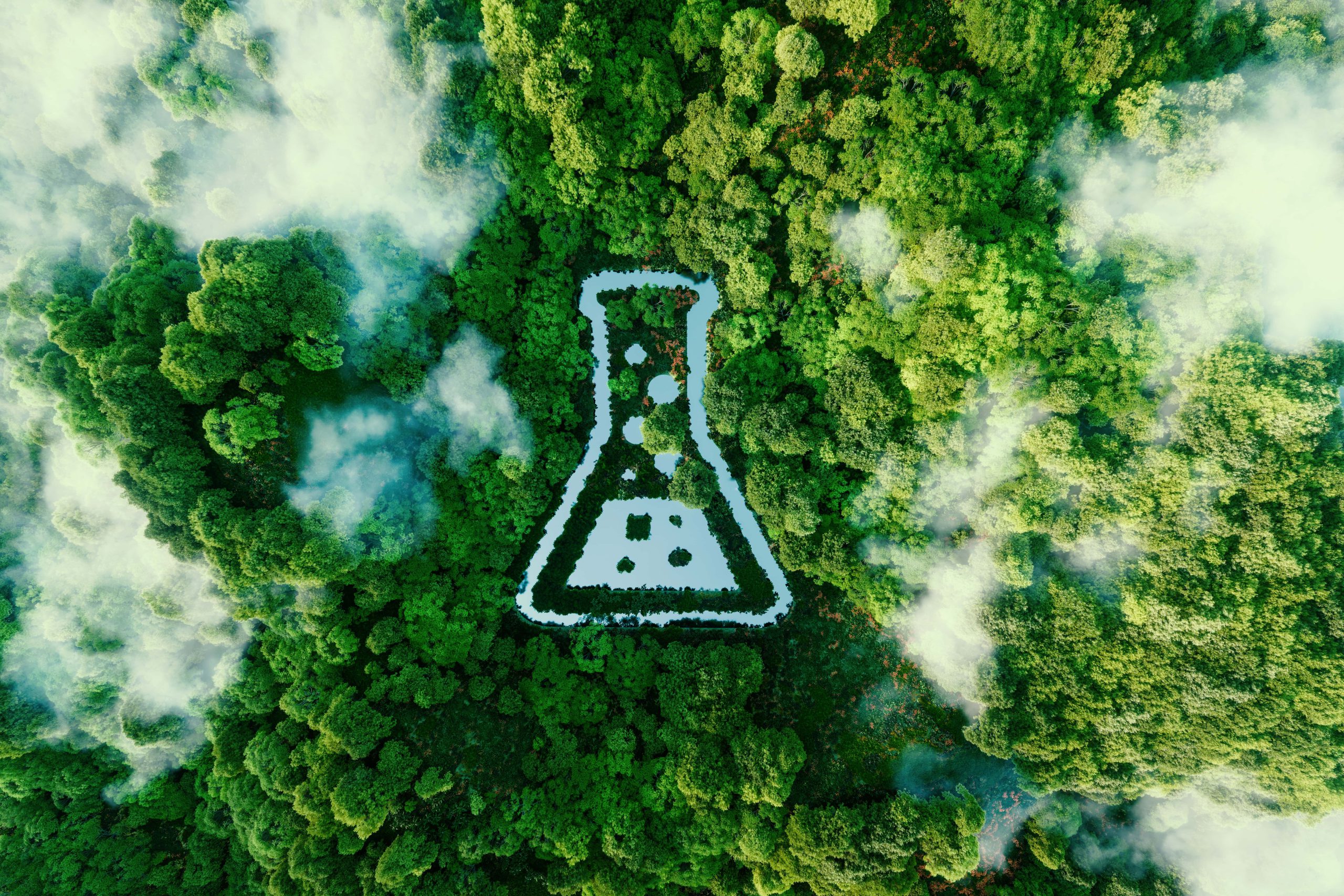
12 main principles of green chemistry
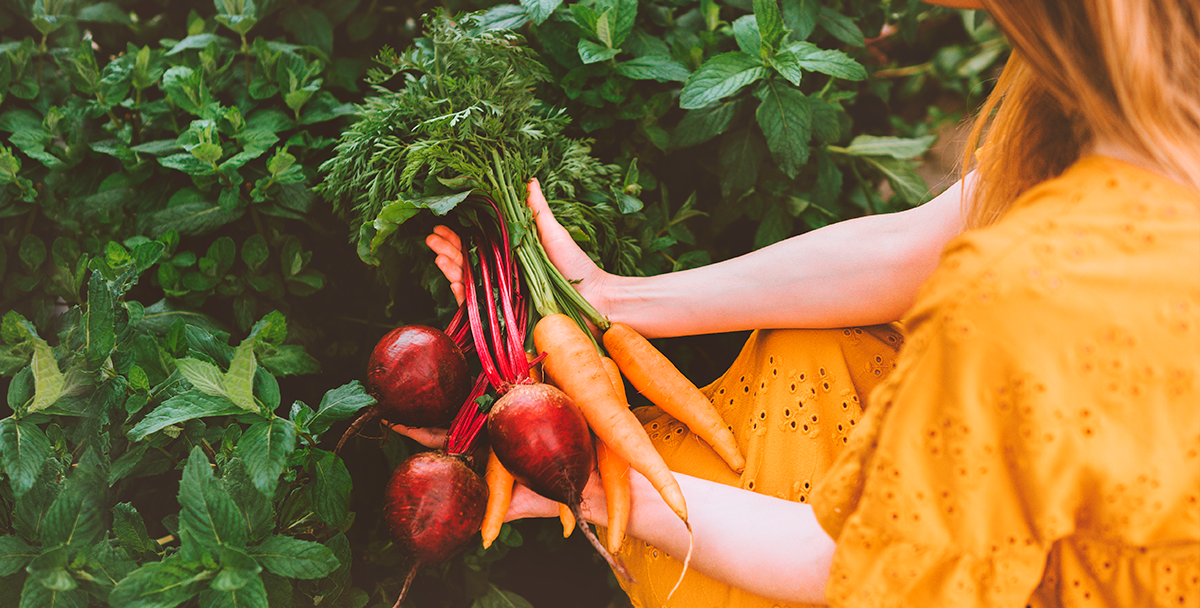
Eating Sustainably: Five Diet Tips for a Healthy Body and a Healthy Planet
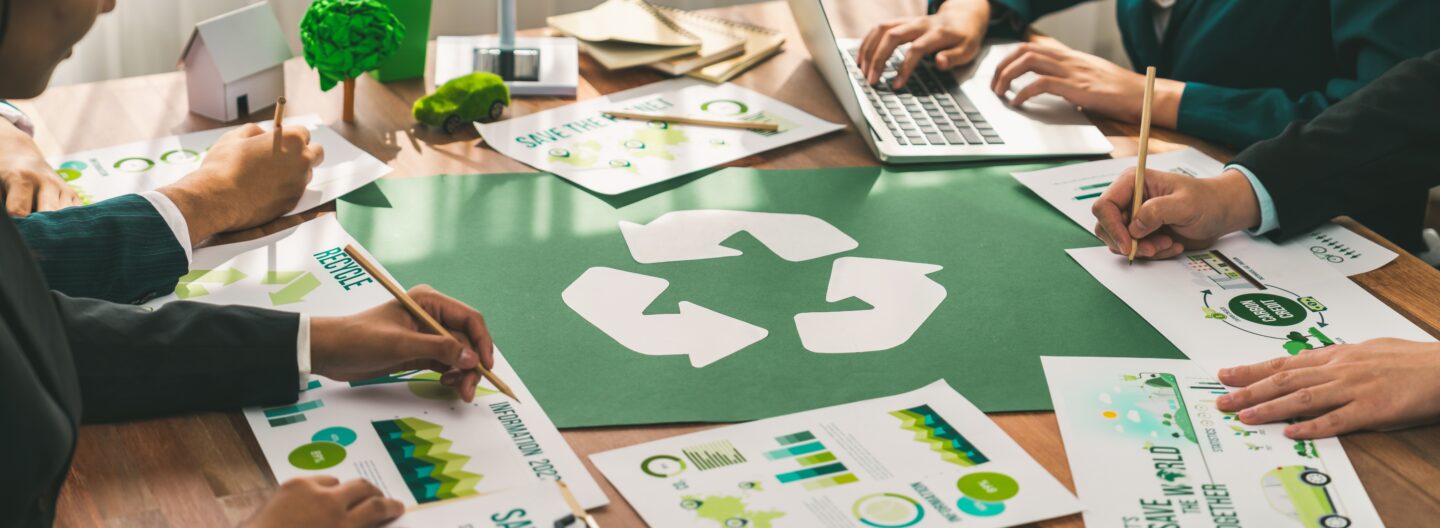
Better links between waste management, circular economy and climate change mitigation measures can boost greenhouse gas emission reductions

Understanding environmental commodities

The Transformative Role of AI in the Energy Sector
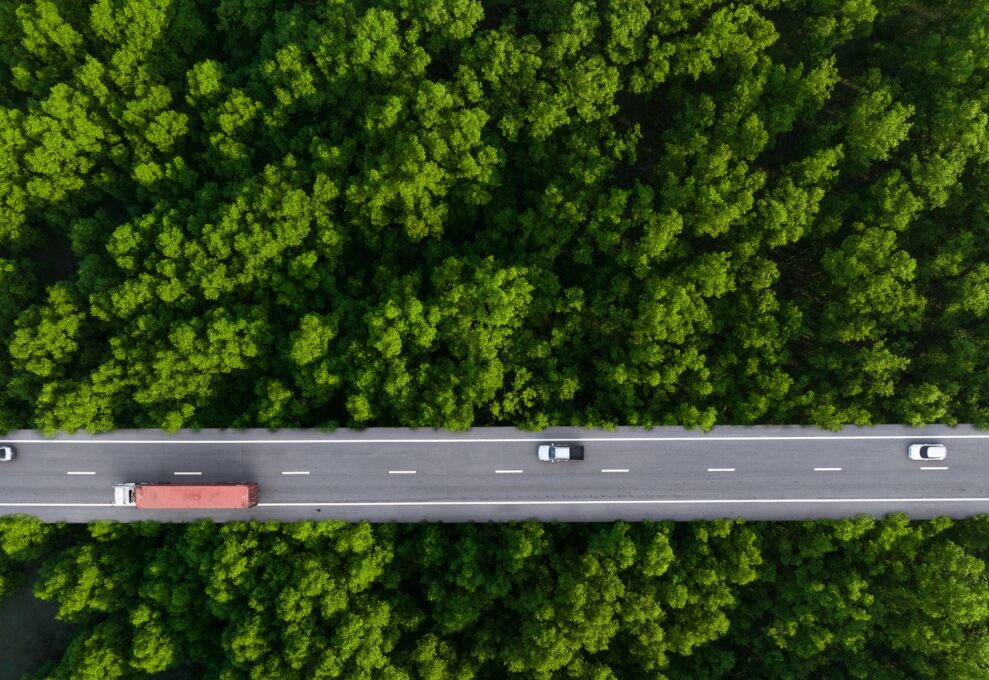
Digitalization can support shifting to more sustainable transport in Europe

Ecotourism: What It Is and Why It Matters

Four benefits of a circular economy

Ecotourism: Connecting Nature and Culture for a Sustainable Future

How to have a festive and eco-friendly Christmas this year

What is the EU doing to implement green washing regulations?
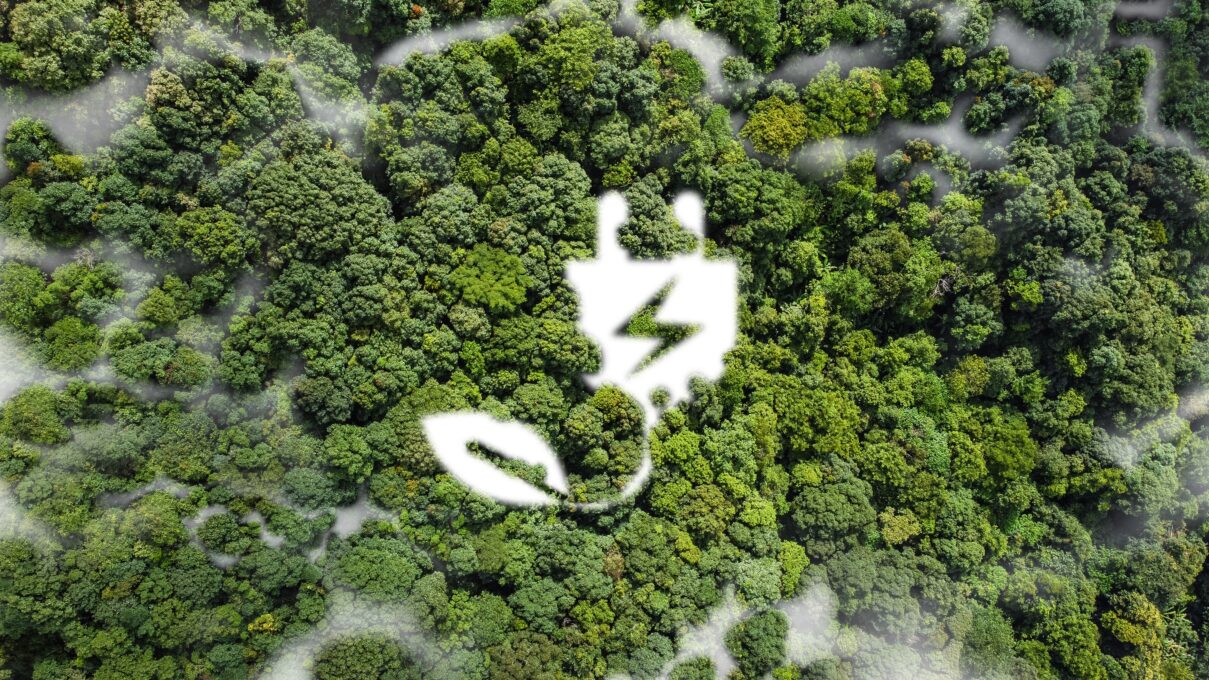
From waste to worth: battery recycling
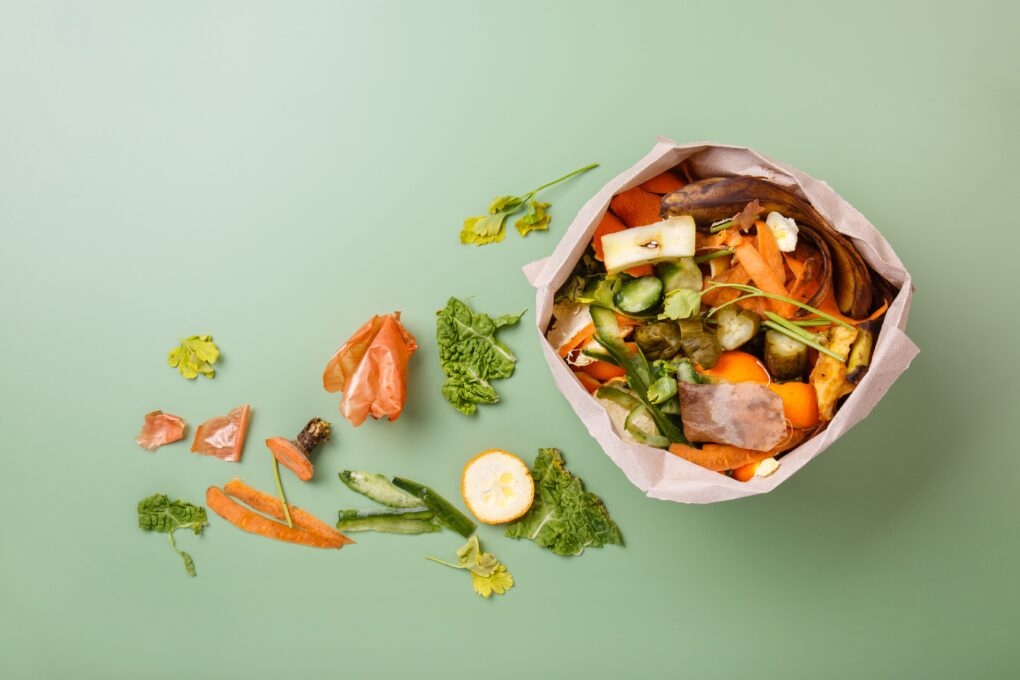
Ways to Prevent Wasted Food at Home